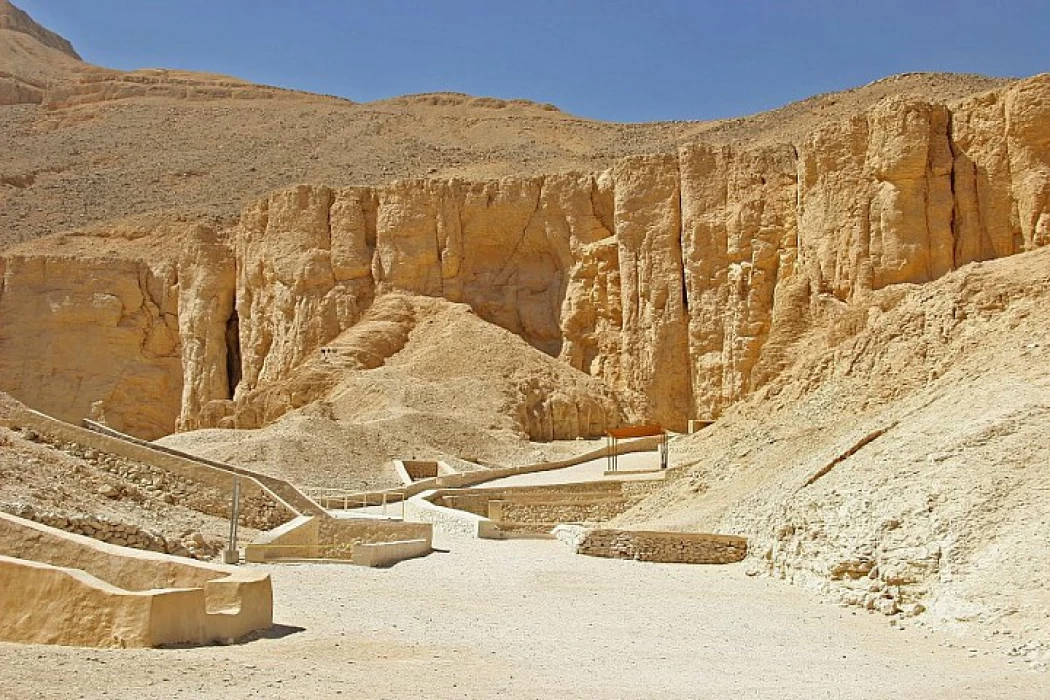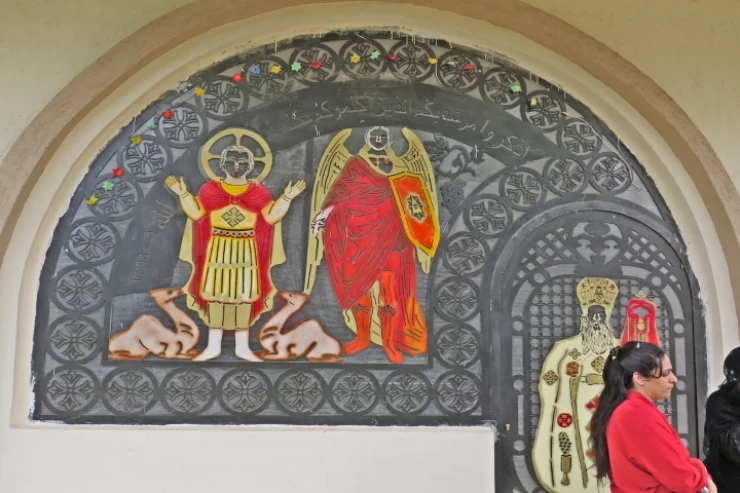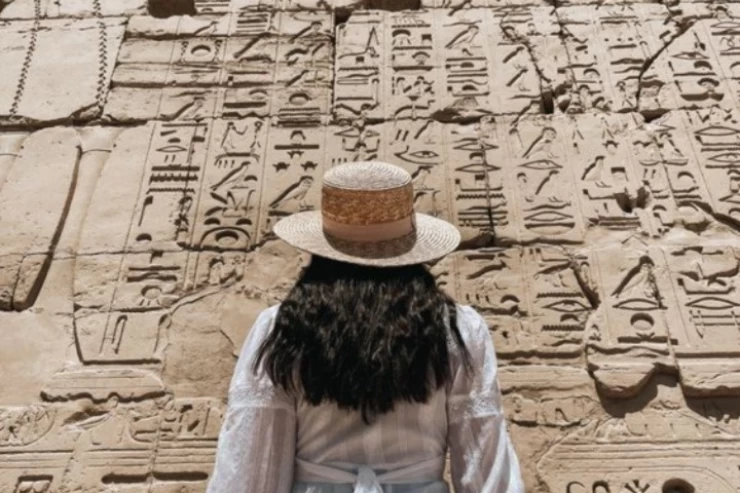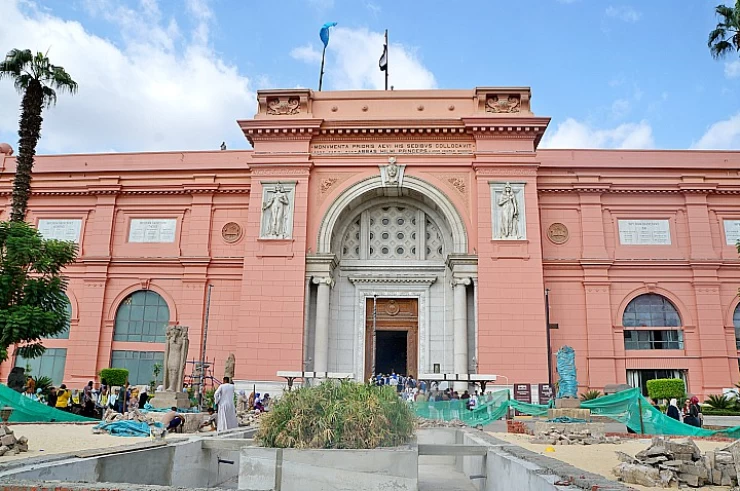
Valley of the Queens
Valley of the Queens in Luxor
The most famous of the tombs is that of Nefertari, which for many represents the masterpiece of West Thebes.
Three of the tombs that can be visited belong to the sons of Ramesses III, the builder of the great temple of Medinet Habu. The tombs appear as modest catacombs that penetrate the rocky wall and were discovered by an Italian expedition led by Ernesto Schiaparelli at the beginning of the 20th century.
Key Takeaways:
Historical Importance:
The Valley, as its name suggests, contains mostly burials dated to the 19th and 20th dynasties.
This location was also selected for its remoteness to guarantee safety and protect the queens’ final resting places from tomb robbers.
Tomb of Queen Nefertari:
The most popular tomb in the valley, belongs to the wife of Ramses II, Queen Nefertari.
Also famous for its amazing techniques of color and picture work, it is said to have been one of the greatest works of ancient Egyptian civilization.
Architectural Features:
The tombs are simply dug into the limestone cliffs, and elaborate engravings of the histories and other spiritual works are placed in order to assist the dead in the other world, the Book of the Dead being one such engraving.
Elaborate images and inscriptions in the form of hieroglyphs and paintings reveal the activities, practices, and gods of that period, displaying the finesse of the artistry.
Exploring the Valley:
Due to the fragile nature of the paintings, some of the tombs are made accessible to the public on a rotational basis.
Since this area of the pyramid complex holds great importance, there is an additional ticket to visit Queen Nefertari's tomb.
Nearby:
The valley also forms part of the Theban Necropolis, which encompasses the Valley of the Kings, the Temple of Hatshepsut, and Medinet Habu.
It has a calm and otherworldly look and is bordered by bare, rocky desert hills.
Environmental Protection:
The tombs present in the valley are under conservation programs aimed at curbing the effects of weathering, moisture, and human activities.
King Ramses III
Unfortunately, they were already looted at the time, but the interior decorations are preserved in an exceptional way, still constituting a great treasure.
In one of the tombs, the heir to the throne who died of unknown causes at the age of 15 is shown in the paintings in the company of his father, Ramesses III, who introduces him to the gods and guardians of the afterlife. The tomb of Amonherkhepeshef is well preserved; for this reason, it was the main attraction of the valley before the reopening of the tomb of Queen Nefertari.
Nearby is the tomb of King Teti, the bride of a pharaoh of the 20th Dynasty. It is a simple tomb but richly decorated with scenes that reproduce Teti and the guardians of the Hereafter, with effigies of Goddess Hathor in a mountainous landscape, in human form while pouring water from the Nile to bring Teti back to life.
All these beauties are, however, obscured by the Tomb of Nefertari, which is by far the most suggestive.
Regarded as the loveliest mausoleum in Egypt, the tomb of Nefertiti, the most cherished spouse of Ramses II, who translates to “The Most Beautiful,” was found by Italian archaeologist Ernesto Schiaparelli in 1904. It has recently undergone repairs and has been restored, the interior of which is beautifully adorned with images portraying the journey of the human soul towards the afterlife.
I particularly recommend the Temple of Thutmose III, where you can visit and learn what it was like to live in Egypt and its people’s magnificence.








-webp.webp)









